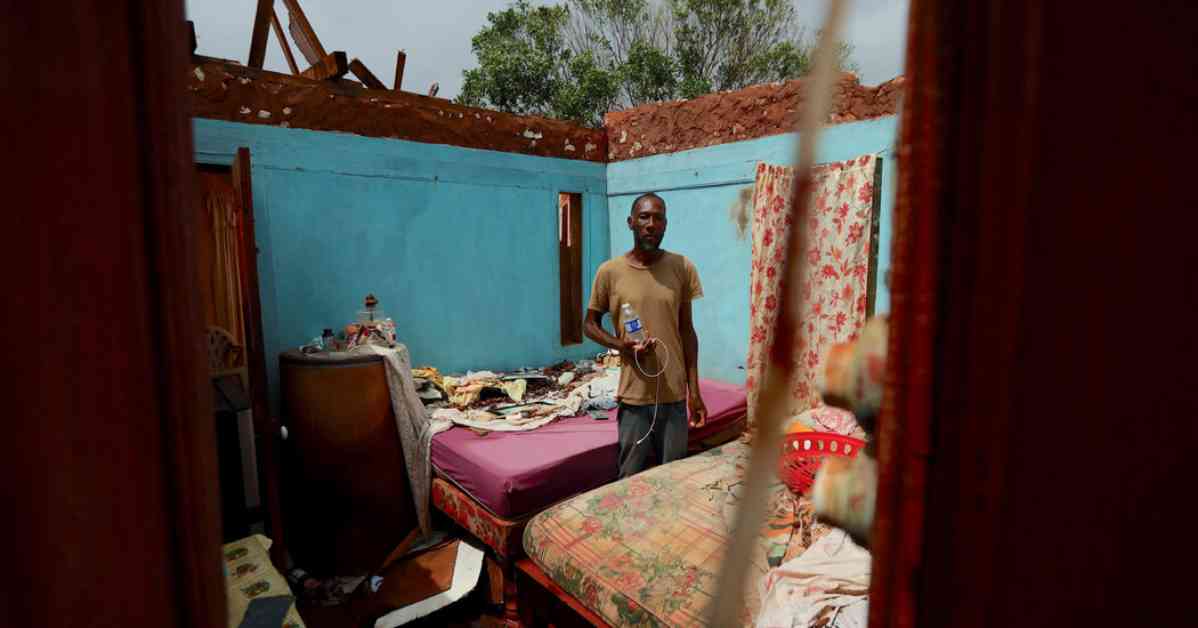Beryl, a powerful storm that originated in the Atlantic Ocean, has left a path of destruction as it made its way through the Caribbean and toward the Gulf of Mexico. Although the storm has weakened to a tropical storm, it is expected to regain strength and hit the Texas coast as a Category 1 hurricane on Monday.
The devastation caused by Beryl began on July 1 when it hit Carriacou and Petite Martinique in Grenada as a Category 4 hurricane. Nearly all of the buildings on the islands were destroyed, affecting around 10,000 residents and resulting in three fatalities. In St. Vincent and the Grenadines, hundreds of homes, schools, and churches were severely damaged by the storm, which claimed one life.
Although Beryl did not directly hit Venezuela, it brought flooding to the state of Sucre, resulting in three deaths. The storm then moved on to Jamaica, where it passed along the southern coast as a Category 4 hurricane on July 3. The impact was significant, with two fatalities and widespread power outages affecting hundreds of thousands of households.
As Beryl continued on its path, it reached the Yucatán Peninsula in Mexico on July 5 as a Category 2 hurricane. Popular tourist destinations like Cancún and Tulum experienced heavy rainfall, but fortunately, there were no reported deaths or injuries.
The destruction caused by Beryl serves as a stark reminder of the power of natural disasters and the importance of being prepared. As the storm approaches the Texas coast, residents are urged to take precautions and follow safety guidelines to minimize the impact of the hurricane. Stay tuned for updates on Beryl’s progress and stay safe during this challenging time.




